NASA Astronomy Picture of the Day 24 April 2023: What Star Death left behind-a Supernova
Today’s NASA Astronomy Picture of the Day is CTB-1, also known as the Medulla Nebula Supernova Remnant.
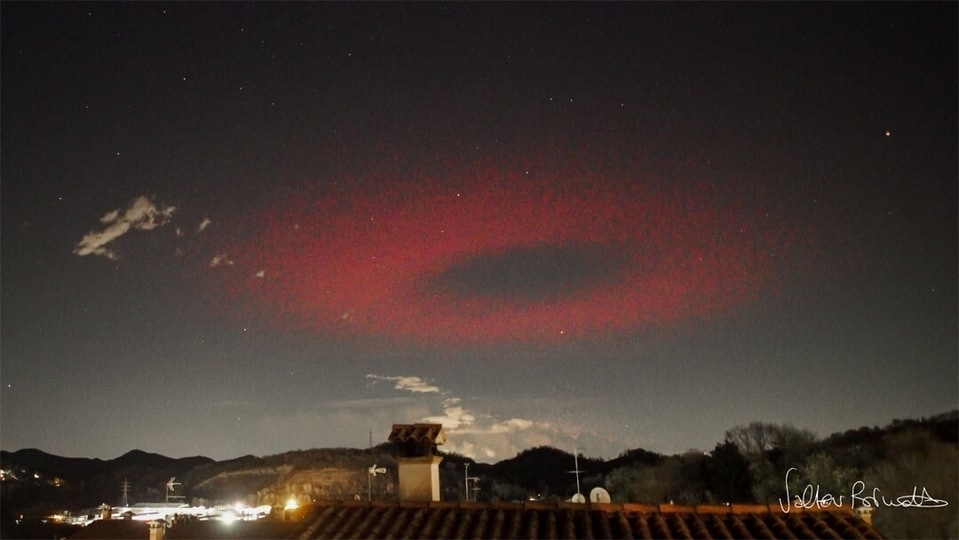
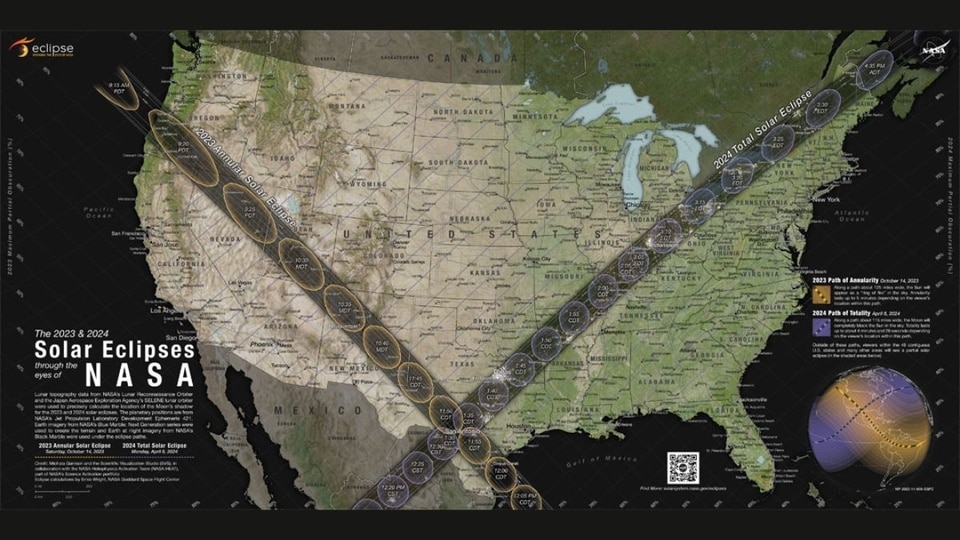
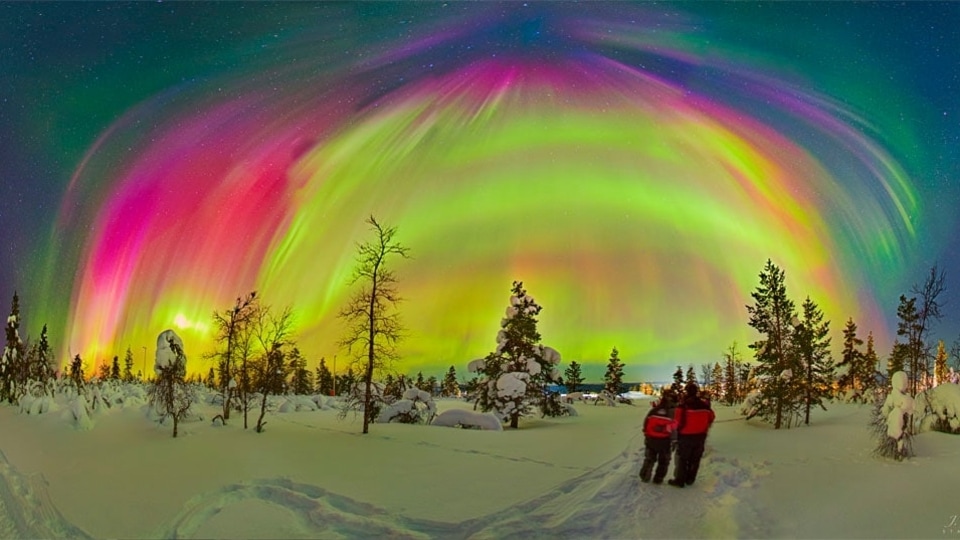
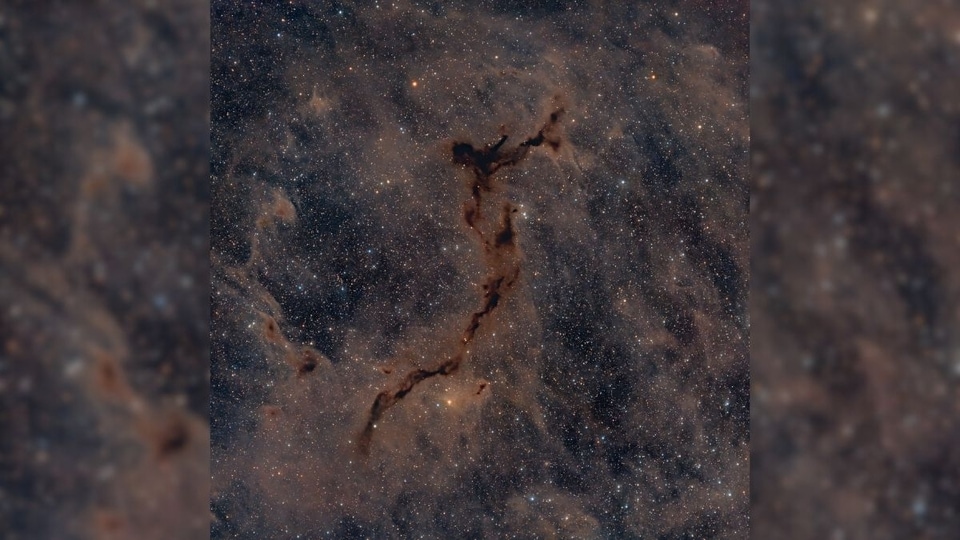
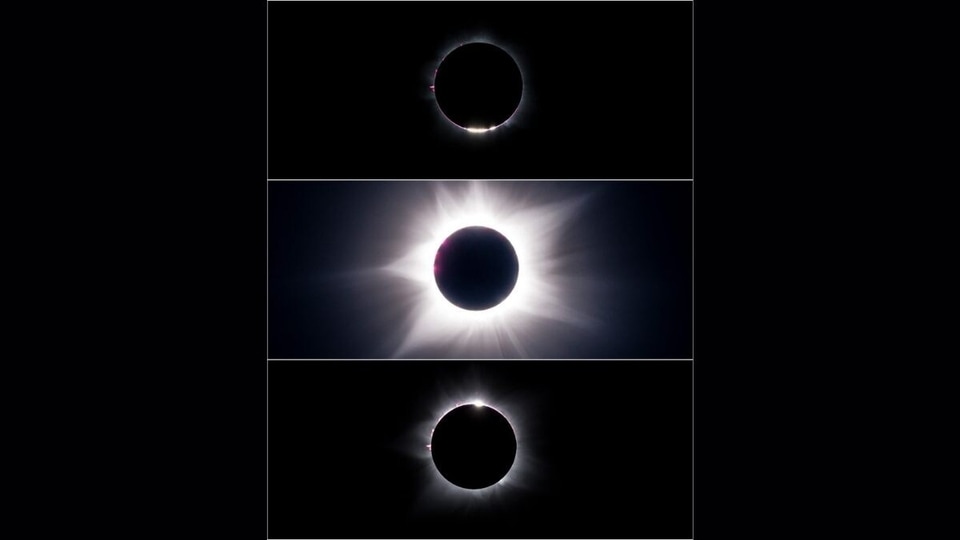

 View all Images
View all ImagesWhen a star explodes during its death throes, it is known as a Supernova and it is the largest explosion to occur in space. According to NASA, a supernova happens where there is a change in the core, or center, of a star. A change can occur in two different ways, with both resulting in a supernova. Although a supernova occurs for only a short span of time, it can tell scientists a lot about the universe. By studying supernovas, scientists have also shed light on the fact that we're living in an ever-expanding universe.
Today's NASA Astronomy Picture of the Day is CTB-1, also known as the Medulla Nebula Supernova Remnant. It is a rare cosmic bubble and the remnant of a supernova explosion which occurred just 10000 years ago, according to NASA. The Medulla Nebula Supernova Remnant is given the name because of its brain-like shape and is located towards the constellation of Cassiopeia.
The picture was captured by astrophotographer Kimberly Sibbald with a telescope in Seven Persons, Alberta, Canada.
NASA's description of the picture
What powers this unusual nebula? CTB-1 is the expanding gas shell that was left when a massive star toward the constellation of Cassiopeia exploded about 10,000 years ago. The star likely detonated when it ran out of elements near its core that could create stabilizing pressure with nuclear fusion. The resulting supernova remnant, nicknamed the Medulla Nebula, still glows in visible light by the heat generated by its collision with confining interstellar gas.
Why the nebula also glows in X-ray light, though, remains a mystery. One hypothesis holds that an energetic pulsar was co-created that powers the nebula with a fast outwardly moving wind. Following this lead, a pulsar has recently been found in radio waves that appears to have been expelled by the supernova explosion at over 1000 kilometers per second. Although the Medulla Nebula appears as large as a full moon, it is so faint that it took many hours of exposure with a telescope in Seven Persons, Alberta, Canada to create the featured image.
Catch all the Latest Tech News, Mobile News, Laptop News, Gaming news, Wearables News , How To News, also keep up with us on Whatsapp channel,Twitter, Facebook, Google News, and Instagram. For our latest videos, subscribe to our YouTube channel.




























